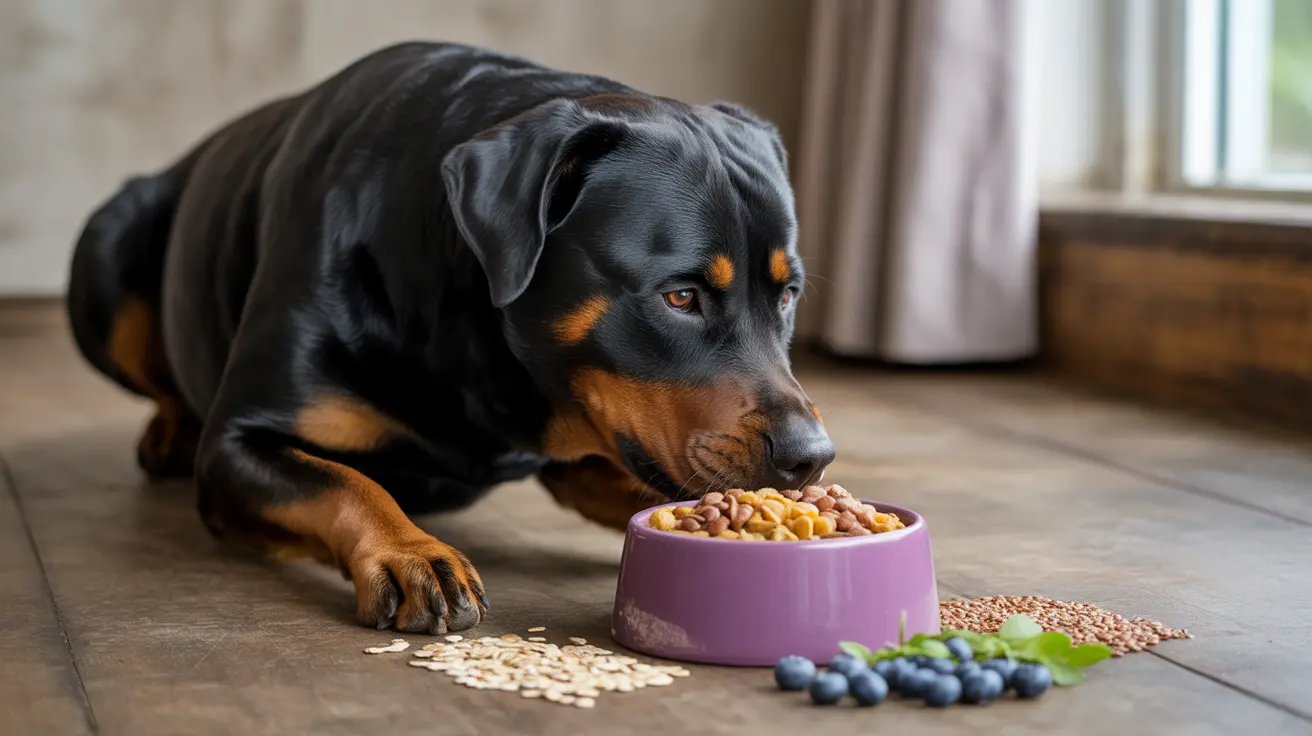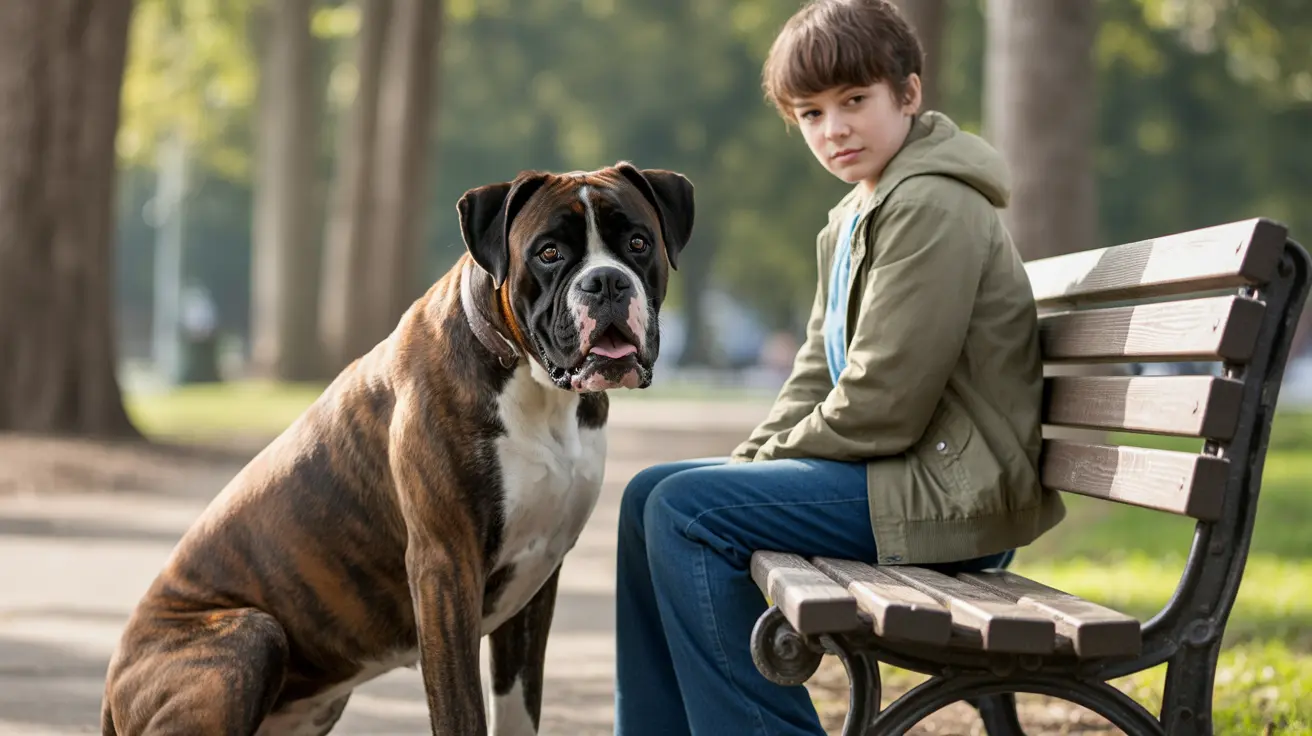The Most Toxic Foods for Dogs: What Pet Owners Need to Know
Keeping dogs safe from harmful foods is an essential part of responsible pet ownership. While some human foods are safe in moderation, others can be extremely dangerous—even deadly—for dogs. Among the most toxic substances they can ingest, one stands out as particularly lethal: xylitol.
What Is Xylitol?
Xylitol is a sugar substitute found in many sugar-free products, including:
- Chewing gums
- Baked goods
- Toothpaste and mouthwash
- Peanut butter
- Cough syrups and medications
- Diet foods and drinks
While safe for human consumption, xylitol triggers a dangerous release of insulin in a dog’s body, leading to a rapid drop in blood sugar (hypoglycemia) and potentially fatal outcomes.
Why Is Xylitol So Dangerous for Dogs?
When a dog consumes xylitol, the pancreas mistakes it for real sugar and releases a large amount of insulin. This causes a plummeting blood sugar level within 10–60 minutes of ingestion. Without immediate veterinary treatment, this situation can result in death.
Symptoms of Xylitol Poisoning in Dogs
If you suspect your dog has consumed xylitol, seek emergency veterinary care immediately. Symptoms may include:
- Vomiting
- Loss of coordination
- Weakness or collapse
- Seizures
- Lethargy
- Tremors
- Coma
- Liver failure
Even tiny amounts as low as 50 mg per pound of body weight can cause hypoglycemia, while higher doses can lead to liver necrosis and death.
How Much Xylitol Is Lethal?
The toxicity of xylitol depends on the dose and the dog’s size. For example:
- Small amounts (0.1 g/kg) can cause hypoglycemia
- Larger amounts (0.5 g/kg and above) can cause liver failure
This means a single piece of sugar-free gum with xylitol can poison a small dog.
Other Highly Toxic Foods for Dogs
Besides xylitol, several other human foods pose serious health risks to dogs, including:
- Chocolate – Contains theobromine, which can cause seizures, heart problems, and death
- Grapes and Raisins – Can cause kidney failure
- Macadamia Nuts – Lead to tremors, hyperthermia, and weakness
- Alcohol – Causes intoxication, seizures, organ damage
- Onions and Garlic – Damage red blood cells, leading to anemia
- Caffeine – Overstimulates the nervous system, potentially causing arrhythmias
What To Do if Your Dog Eats Something Toxic
If your dog consumes a potentially toxic food:
- Contact a veterinarian or an animal poison control hotline immediately
- Do not induce vomiting unless instructed by a veterinary professional
- Provide as much detail as possible—what was eaten, how much, when, and the dog’s weight
Safe Food Alternatives for Dogs
There are many dog-friendly treats that are both safe and healthy in moderation:
- Carrots
- Apples (no seeds)
- Blueberries
- Green beans
- Cooked chicken (no seasoning)
- Plain rice or oatmeal
Always introduce new foods slowly and monitor for allergies or digestive issues.
Preventing Accidental Ingestion
To keep your dog safe from toxic foods:
- Store all food and medication securely
- Educate guests and children not to feed the dog human snacks
- Check labels of all food products, especially those marketed as sugar-free
- Be cautious with cleaning products and discarded food
Conclusion: Protecting Your Pet
Dogs are naturally curious and may eat things that are harmful or deadly. The most toxic substance they can consume is xylitol, followed closely by other human foods like chocolate and grapes. Being aware of these dangers and proactive in prevention can protect your furry friend from life-threatening harm. Always consult your veterinarian in case of any suspected ingestion of toxic substances.





